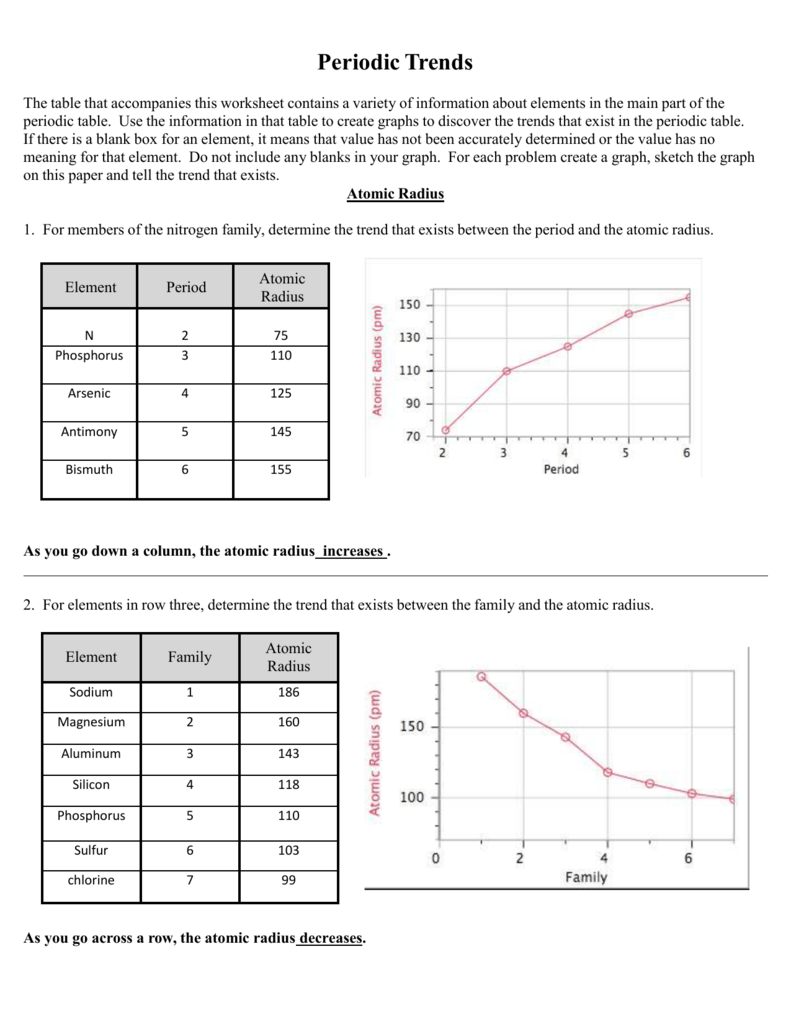
However, the distance between the nucleus and the outer electrons increases down the group electrons become easier to remove, and the ionization energy falls.Įlectronegativity is a measure of the tendency of an atom to attract a bonding pair of electrons. As mentioned before, in each of the elements Group 1, the outermost electrons experience a net charge of +1 from the center. the distance between the outer electrons and the nucleus.ĭown the group, the increase in nuclear charge is exactly offset by the increase in the number of inner electrons.the amount of screening by the inner electrons,.Ionization energy is governed by three factors:


Notice that first ionization energy decreases down the group. The first ionization energy of an atom is defined as the energy required to remove the most loosely held electron from each of one mole of gaseous atoms, producing one mole of singly charged gaseous ions in other words, it is the energy required for 1 mole of this process:Ī graph showing the first ionization energies of the Group 1 atoms is shown above. Therefore, the atoms increase in size down the group. More layers of electrons take up more space, due to electron-electron repulsion. The only factor affecting the size of the atom is the number of layers of inner electrons which surround the atom. This is true for each of the other atoms in Group 1. This effect is illustrated in the figure below: The positive charge on the nucleus is canceled out by the negative charges of the inner electrons. In each element, the outer electron experiences a net charge of +1 from the nucleus.

In addition to this activity, there are two other important trends. Stable octets are seen in the inert gases, or noble gases, of Group VIII of the periodic table. Elements tend to gain or lose valence electrons to achieve stable octet formation. These trends can be predicted merely by examing the periodic table and can be explained and understood by analyzing the electron configurations of the elements. The periodic table arranges the elements by periodic properties, which are recurring trends in physical and chemical characteristics.


 0 kommentar(er)
0 kommentar(er)
